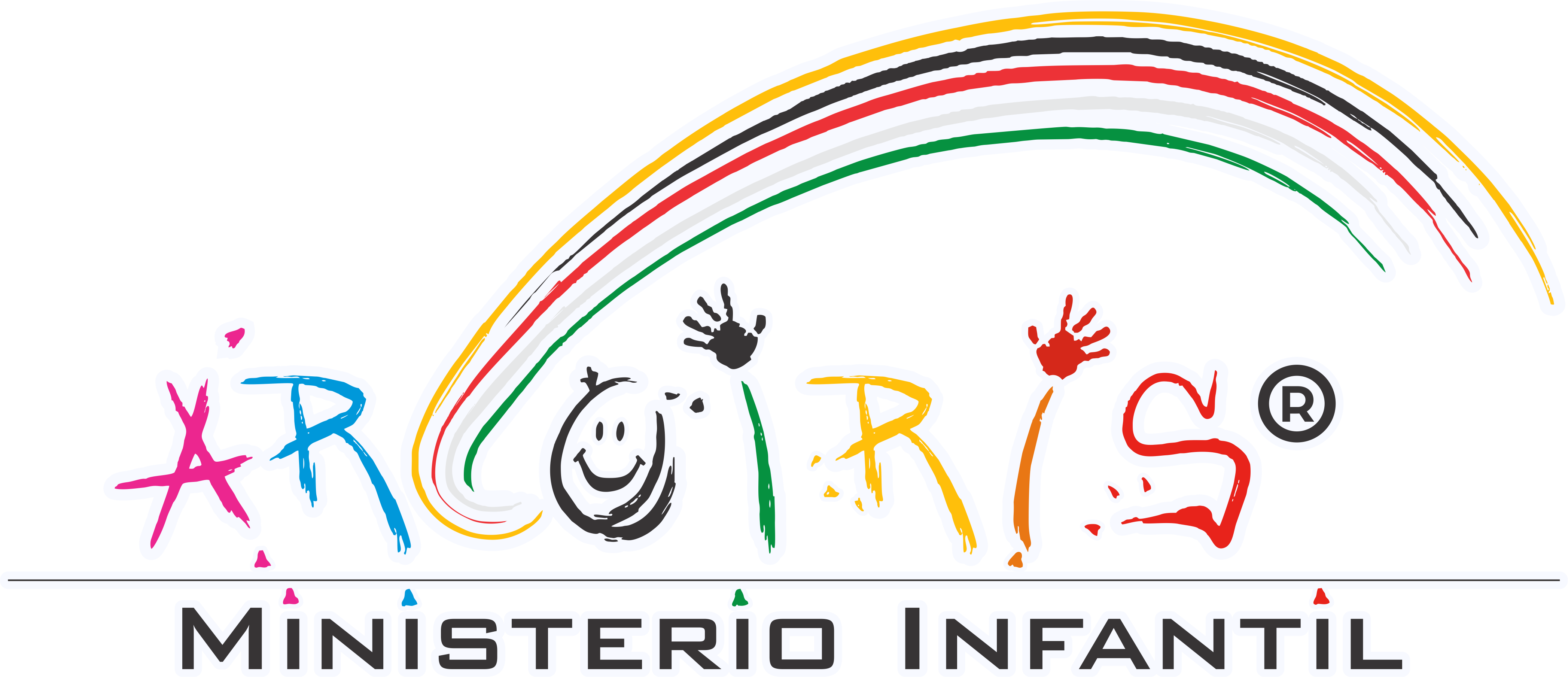7 Steps for Unleashing Young Servants

Its not uncommon to see a child joyfully bubble at the thought of going to the local swimming pool for a day of splashing and playing. We expect children to anticipate Grandmas visit and the gift that she always has tucked in her suitcase. Are these the only things that make our children happy though? Does it ever cross our minds that children are capable of experiencing the joy that comes when you help someone in need? Or do we believe their pleasure is limited to being the recipient?
How does a child learn to wash a car? Dad puts a soapy rag in those little hands, and the child does what he or she sees Daddy doing. Whats the best way for a child to learn how to care for a garden? They till the soil and water the rows of seedlings alongside an adult who has harvested vegetables season after season. At first glance, what we see in these experiences is a child learning to perform a new task. But its easy to overlook another major thing that is happening: the child longs to enter the adult world and be part of something of value. They want to be involved in something that stretches who they are and to be part of something that causes a change for the better. And, if they are a follower of Christ, they want to know how they can act that out in their world.
Sometimes, a little review lesson reminds us to use what we already know. So, as we begin, lets review some of Edgar Dales research on how well people remember the information they take in. As Christian educators, it is critical to recognize the limited amount of time we have and utilize it in ways that will best relate to our children. Dale found that when people were presented with new material solely by reading it, they retained about 10% of the text. When they only heard the new information, they remembered about 20%. The percentage increased when the information was seen. Combine both seeing and hearing, the information and the retention rate increases significantly to 50%. The goal of teaching is for students to actually retain new information, and that takes a humongous leap to 90% when the student performs a task related to what they are learning. Did you catch the difference there? The studentperforms the task. Although we tend to teach kids about giving by talking about our experiences and pouring our knowledge into them (20% retention), to educate actually means to lead out or draw out, which means mobilizing the student in some way (90% retention).
After conducting research on the topic of adults who actively serve, public education now recognizes that giving young people opportunities to becomeengaged in civic activities increases the likelihood that they will become healthy, active citizens. Why should this be such a revolutionary statement? After all, it reinforces Dales research that more is learned when it is experienced. When this finding is paired with Barnas research that revealed a persons spiritual and value-based foundation is firmly laid in childhood, not adulthood, a great lesson is learned about the importance of teaching children to serve. Public schools are responding to their research by providing special days off from regular class work for students to have community service experiences. How will the church respond? After all, this is supposed to be our thing. Jesus commanded His followers to serve one another.
Traditionally, the church teaches children to serve in a hands-off, within-these-walls, very unintentional way. Serving takes the form of making thank you or praying for you cards that are sent to people within the church. In an hour lesson, this kind of service project occasionally finds its way into a lesson that is also trying to teach a Bible story, the disciplines of Bible reading and prayer, and incorporating a time of worship. It gets lost in the mix. If a church is so brave to arrange for their children to leave the building to serve, it is almost always that annual trek to the nursing home to sing Christmas carols.
Today, I am challenging you to think about teaching your kids to serve in a more intentional, more hands-on manner. There will be life change. I know because Ive done it over and over again. In a period as short as five weeks of concentrating on serving as Jesus would have us serve one another, children will have their minds renewed and their hearts reshaped. Intentionally teaching a servant lifestyle will leave children convinced that its not just an adult activity, but they are also old enough to make an investment in their world in the name of Christ. It satisfies that longing to enter the adult world and be part of something of value. So how do we intentionally teach servanthood?
First of all, make it clear to the children thatthe reason we serve is because Jesus told us to. Its part of our Christian walk. No matter what the project, it should be obvious that its being done in the name of Jesus. Then, get started by setting aside five or six weeks where serving others is the only topic dealt with. It can be an alternative curriculum to part of your normal programming, or it can be set up as an independent program. For instance, get a commitment from the kids to meet every Saturday morning from 10:0012:00 for six weeks.
Some of the most important learning takes place as the children plan their own projects. Remember, educate does not mean to pour into, but to draw out of. So we need to provide the resources where the kids can discover what needs are out there. They cant provide help if they dont recognize the needs. This is the biggest issue in learning to serve, because they just dont see the needs. Our kids are growing up in such a me-centered world and have never been taught to look around to see what other people are going through. Once this hurdle is crossed and the kids open the eyes of their hearts to identify people who could use help, they really are anxious to do something about it. As the facilitator in this student-led project planning, it is important to guide the children to choose appropriate projects. Their goals need to be realistic, so they can experience successtheir positive reinforcement.
Give the children as many opportunities as possible to be in the center of the experience. They need to meet the people they are serving, be able to look them in the face, and offer them whatever help they have along with a smile. Although raising money for an organization and then sending those funds in the mail provides help to a great cause, it does not provide the kind of learning experience the kids need. Theres no interaction with the recipient, and they need the face-to-face contact.
In addition, the kids need to get their hands dirty and sometimes feel tired because of the work they have done. Remind them that we are to work hard and cheerfully at whatever you do, as though you were working for the Lord rather than for people.” (Col. 3:23 NLT)
Keep the projects simple. When learning something new, kids need immediate gratification. Projects at first should be something that can be accomplished in one meeting time. Delivery should be included in the timeframe. Its very tempting when time is running out to step in and tell the children that youll take care of getting their project to the person that week. Dont deny them this very important part of learning about serving others.
Always engage in reflection immediately following the completion of any service project. This should take place on three levels. First of all, lead the kids in self-reflection with questions like: How did that make you feel? Why did it upset you? How do you think the person who you served felt? Did you feel like this is what God wanted you to do? Then, reflect on the experience itself. Was there something we could have planned better? Did we need more time to complete the task? Is this something we should do regularly? And the third level of reflection concerns the root of the problem. If the children have visited the local rescue mission where men are housed who have drug and alcohol problems, then discuss questions like: Why werent those men in their own homes? What would have to change in their lives in order for them to not need the rescue mission anymore? How can our community and our country keep this from happening to more men? How could knowing Jesus as their personal Savior change the lives of these men?
As you lead children through discovering a servants heart,dont forget to celebrate. Throughout the Bible, we see people accomplishing the task God set out for them to do, and when its done, they celebrated. Celebration doesnt need to be in the form of an all out Chuck E. Cheese party, but think about simple ways of acknowledging and celebrating each serving experience. It can be as effortless as taking a picture or keeping a poster of a collection goal. My husband and his ministerial intern used to donate blood together, and they celebrated by proudly wearing their sticker that said, I saved lives today! God made us to celebrate, so make sure you include it in this learning process.
We so often leave serving to the adults, but in so doing, we do a great disservice to the generations to come. Intentionally teach children to discover the servants heart that God wants them to use, and we really can change our world.
 After 32 incredible years in childrens ministry within the local church, Tina is now the publications director for KidzMatter. Her primary responsibilities are to oversee the content of K! Magazine and to develop the totally downloading year-round elementary kids church curriculum called The Kitchen. She absolutely loves being able to train volunteers and professionals who have a heart for seeing kids become disciples of Jesus, whether that is through writing curriculum, writing her 8 idea books, or being able to speak at conferences. Tina is married to the love of her life, Ray, and loves visiting her grandtwins, Bowen and Kendall, in Atlanta.
After 32 incredible years in childrens ministry within the local church, Tina is now the publications director for KidzMatter. Her primary responsibilities are to oversee the content of K! Magazine and to develop the totally downloading year-round elementary kids church curriculum called The Kitchen. She absolutely loves being able to train volunteers and professionals who have a heart for seeing kids become disciples of Jesus, whether that is through writing curriculum, writing her 8 idea books, or being able to speak at conferences. Tina is married to the love of her life, Ray, and loves visiting her grandtwins, Bowen and Kendall, in Atlanta.
Discover more from Ministerio Infantil Arcoíris
Subscribe to get the latest posts sent to your email.





